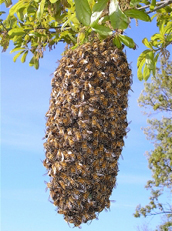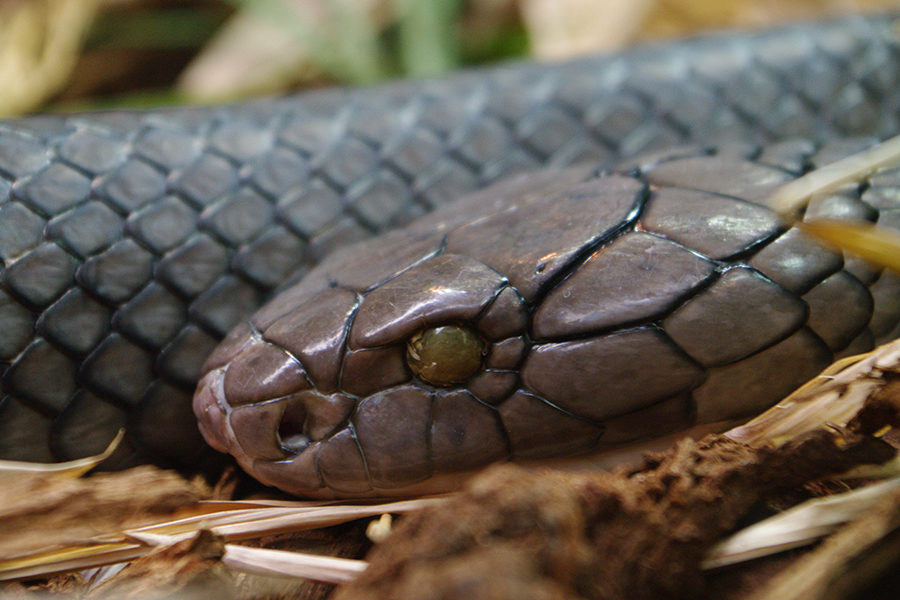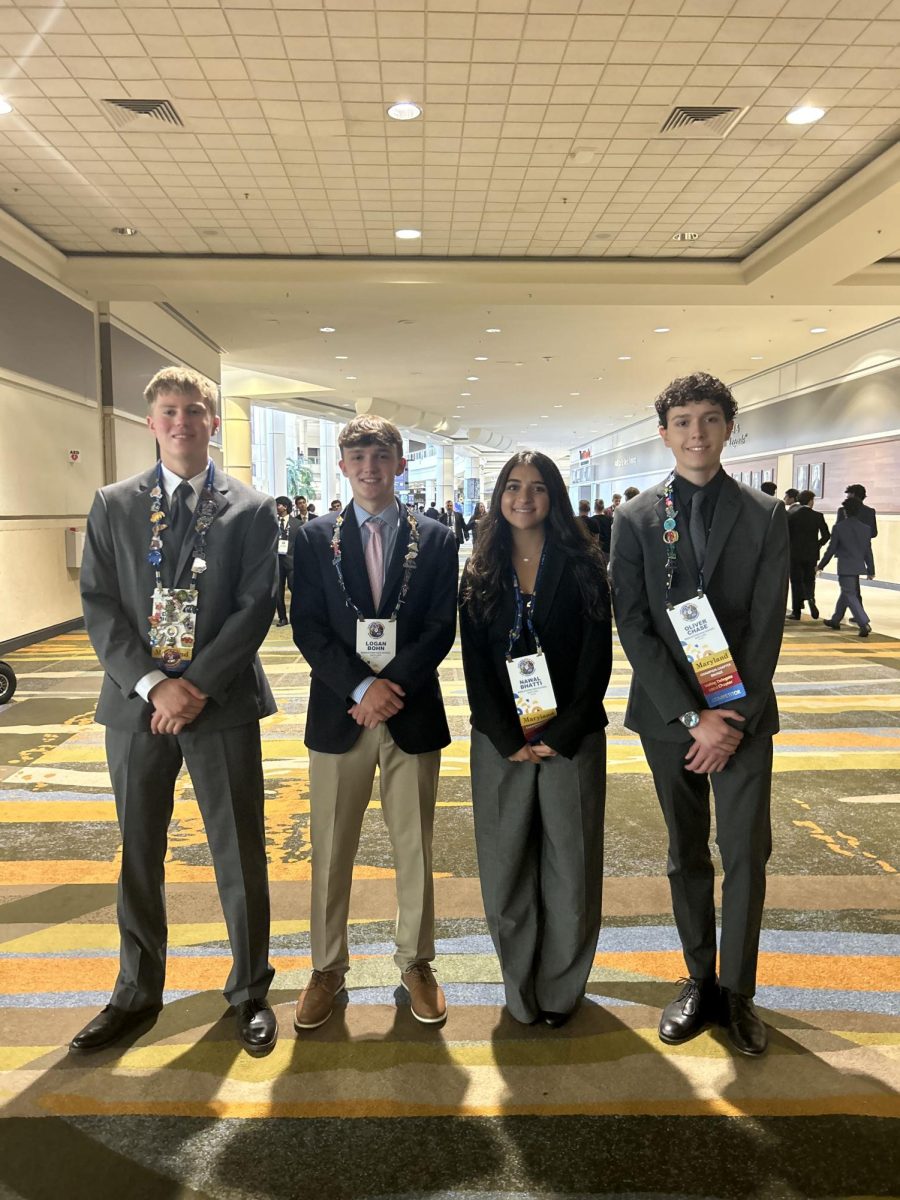
“Don’t touch the hive, or it’ll fall, and that will be the end of all we know!” says the enthusiastic Dr. Janet Davis as kids crowd around her premium beehive to learn about honey bees. Davis is a veterinarian and member of the Frederick County Beekeeping Association, and is at The Great Frederick Fair for her eighth year in a row, educating fairgoers on the importance of honey bees in our world.
With a prominent display in the Farm and Garden building, Davis and the other members of her association have setup three-dimensional diagrams along with a few functional beehives. Also featured are the containers of this year’s blue-ribbon honey. The honey that is featured on the associations display is all local, and each one is totally unique. It can be near clear or very dark, as is the case with Buckwheat honey.
All year long, honey bees go back and forth pollinating plants that support the ecosystem. Some of these include Golden Rod, Aster, Russian Sage, Lavender, Sedum and Clover. In Maryland, the honey bee pollinates two types of trees: the Black Locust and the Tulip Poplar. Without the pollination of plants by bees, the entire ecosystem would collapse. Davis warns that “if the honey bees die out, there will be a famine of global proportion within two years.”
There are three things that reduce the population of bees: pesticides, parasites and malnutrition. Davis encourages the people who come by the bees display to plant butterfly gardens, and other plants that are beneficial to honeybees. It is important to remember that over 90 percent of stings do not come from honey bees, but from wasps and hornets.
“Don’t wait for bees to die out,” she says. Truly, the protection and continued functionality of the honey bees is one of the most important issues in society.
Sara Gibson promotes the meetings that are held by the Frederick County Beekeeping Association every month and encourages all to come. “We need more Beekeepers,” says Gibson. “We’d be glad to have anyone.” For more information, visit frederickbees.org.











